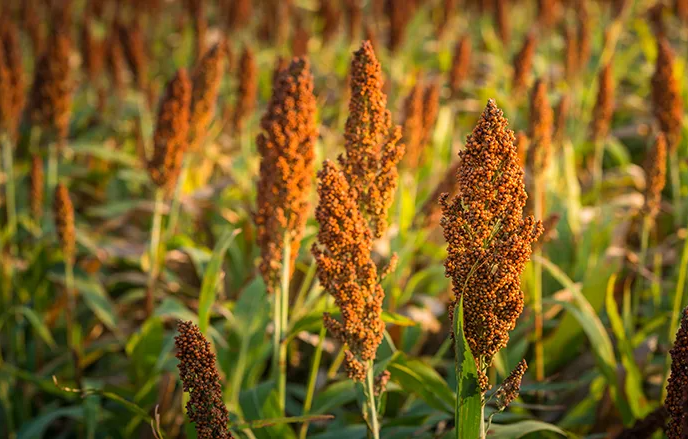
BLOG
The troubling decline of the South African sorghum industry

Whenever I post about the challenges in the maize industry on X, I often see responses from people arguing that South Africans should consume more sorghum. They correctly highlight the crop's nutritious value and resilience in challenging climatic conditions.
But despite all these benefits, the sorghum industry has not taken off. The challenge is not that farmers refuse to plant it. This is due to its weak demand—consumers are not buying sorghum products like other staple grains.
The issue of weak demand partly gave farmers hope that using sorghum in biofuels would provide a much-needed market for farmers. But this venture also did not take off. Thus, sorghum production has continued to decline in South Africa.
South African farmers planted 41,150 hectares of sorghum in the 2024-25 production season, down 75% from the area we planted in 1990-91. The production is estimated at 137,970 tonnes in the current 2024-25, down by 54% from 1990-91.
This is a disappointing picture, and with the promise of the biofuel industry remaining unclear, we may continue to see small plantings for some time.
Mabele Fuels and Industrial Development Corporation (IDC) were the first to embrace this initiative. Mabele Fuels was to build a processing plant in Bothaville, potentially creating roughly 16,700 jobs and a market for farmers in that area. Similarly, the IDC would create jobs and a much-needed market opportunity for smallholder farmers in the Eastern Cape province.
These plants would utilise roughly 500,000 tons of sorghum a year, triple the volume South Africa produced then. The government was the key player in creating jobs, boosting the economy, creating a market for smallholder farmers, and reviving the South African sorghum industry. Unfortunately, the government incentives fell short, and the process did not materialise.
In fact, by early 2016, it was clear that the biofuel industry was a lost dream, and farmers were opting for other opportunities, such as accessing new export markets. This was a difficult task as South Africa is not an established exporter of sorghum. South Africa’s sorghum exports are concentrated in southern Africa, with key markets being Botswana and Swaziland.
Fellow agricultural economist Tinashe Kapuya and I wrote a research piece in early 2015 to identify potential new markets for South Africa’s sorghum industry. We found Cameroon, Sudan, and Ethiopia to be the only attractive markets on the continent, with potential for growth and low import tariffs.
Japan and Mexico were globally identified as the large markets, with zero-rated tariffs for South African sorghum exports.
The key question that emerged from our article was whether South Africa would be competitive enough in these markets, in other words, be able to produce the required volumes at lower costs than its competitors. This was left unanswered, and some farmers were still keen to explore these opportunities until the 2015/16 drought disrupted progress.
Given the failure of the biofuel initiative, developing higher-yielding seed varieties and expanding export markets could revive the South African sorghum industry.
Globally, there is a stable demand for sorghum. Still, for South Africa to participate in such an environment, it would need to increase its volumes and be able to sell at competitive prices. This calls for more research and creative ideas to save the sorghum industry in South Africa.
Regarding the domestic demand, I am not as optimistic that consumers will switch to this crop, at least in the near term.
n Wandile Sihlobo is the chief economist of the Agricultural Business Chamber of South Africa (Agbiz).

0 COMMENTS
LEAVE A COMMENT